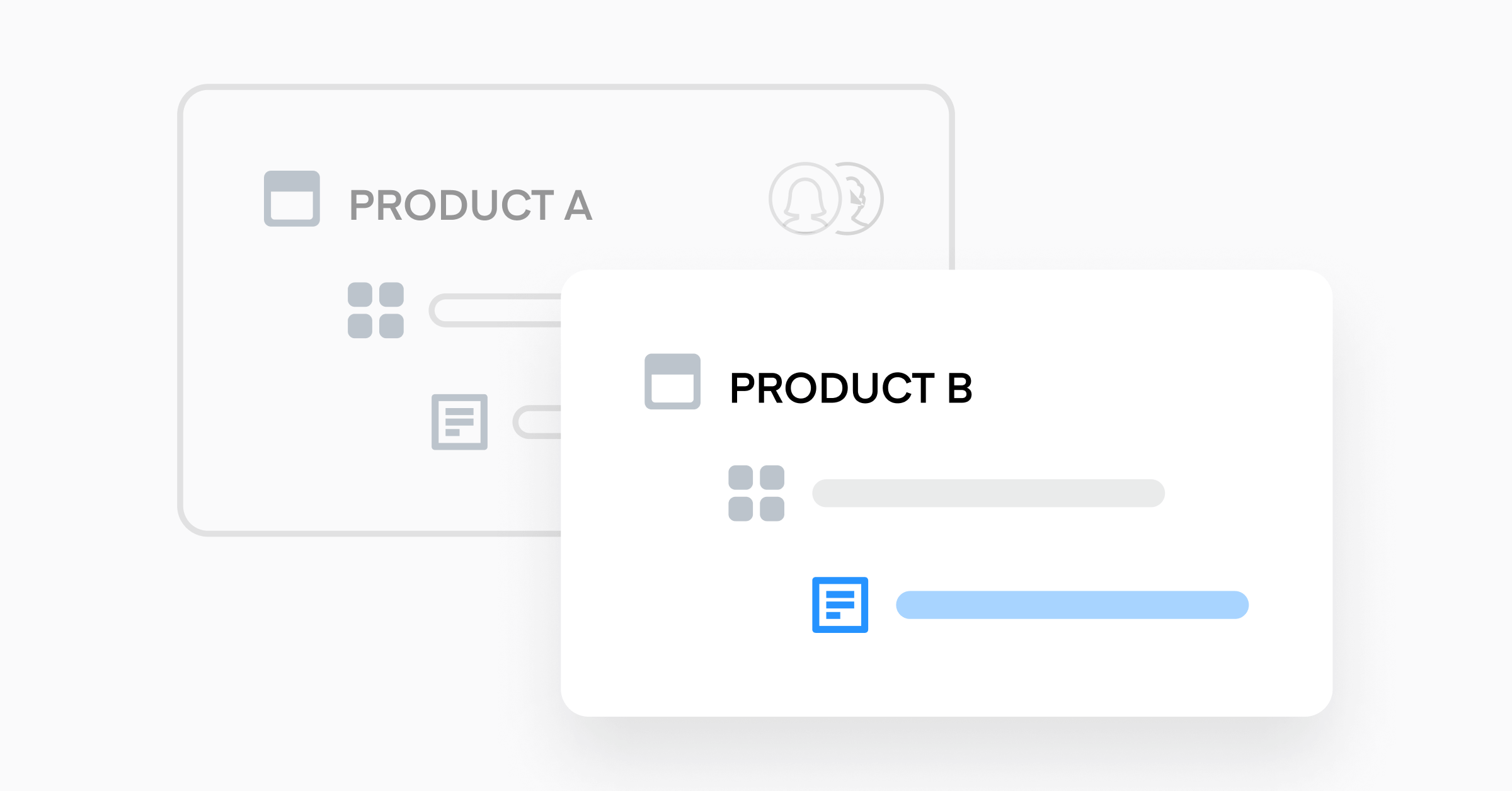3 expert insights for product leaders to help maximize impact and efficiency

Gsoft and Canto’s Product Leaders Share Tactics for Building Team Efficiencies
Difficult economic conditions and congested markets are forcing an increasing number of businesses to do more with less and for less. Scalability, cost reduction, and efficiency are essential for product teams to quickly deliver actionable value—but spreadsheets are rarely up to the task.
In a recent fireside chat, Guillaume Roy, GSoft Co-founder & Head of Product, and Josh Gibbs, VP of Product at Canto, discussed the pitfalls of status quo product management that relies on manual input and updates—and why the right tools to capture feedback, prioritize feature ideas, and build flexible roadmaps don’t come with endless columns and rows.
They also covered the critical need for businesses to create a single source of product truth to enhance cross-functional collaboration and customer-centricity. Here’s what they had to say.
Create a system of record
“We can be more efficient if we’re working, not from a spreadsheet, but from some sort of a system of record,” said Gibbs. “Anything is better than a spreadsheet for doing this, because you immediately start to get some visibility to help you become more efficient.” When it comes to product management, building a centralized, dynamic hub of accurate information allows for smarter, more proactive planning and execution.
Gibbs notes that democratizing product data across departments is now vital to improving cross-functional communications, timelines, and outputs. “You need a system of record to say, okay, we’ve got to pass stuff up to marketing. We’ve got to train sales. We’ve got to train the support teams on things. And so you kind of create these spreadsheets of processes [right] there and then.”
Relying on static documents for reactive motions like this limits a team’s ability to resolve gaps in process or data. It can also introduce damaging human error. Finally, anything that requires manual input at every connection can slow down data capture, and make it impossible to scale operations or change scope as the business grows.
Prioritize real-time inputs and feedback
When collaborating across teams—a necessity for product managers—any decisions made depend entirely on the data at hand. But without real-time feedback and adaptation, teams are only ever moving forward with outdated information, along with the risk of analyzing inaccurate or redundant data.
This presents visibility and efficiency challenges for product managers and the teams they work with. It creates blindspots around accuracy; an easy way for stakeholders to become misaligned. Without a way to instantly view project partner deliverables and statuses, teams are left vulnerable to unpredictable breaks in process and unintentional outcomes.
“It’s become a priority to dispatch the right data to the right teams,” said Roy. “But it takes a certain level of flexibility and agility to do that.” And doing that takes a platform solution for managing product processes, data, timelines, and expectations. Both Roy and Gibbs have used Productboard to streamline product operations, as well as address gaps in customer-centricity, strategic alignment, execution, accountability, and stakeholder management.
“It’s a lot easier just to pivot based on the data points and the metadata associated…anything that helps you prioritize the feedback that’s being attached,” said Gibbs. “It starts to really grow into something that a spreadsheet just can’t match.”
Centralize product management (and lose the spreadsheets)
A recent Forrester study found that high-performing product organizations are more than twice as likely to be using a dedicated product management platform than other product organizations.
For product teams using all-purpose tools like spreadsheets or presentation/project management software, or those leveraging point solutions, it’s especially difficult to efficiently ingest and implement information from different teams and channels. They don’t have access to up-to-the-minute data, and therefore can’t consistently make decisions on a product development or go-to-market level. The risk grows as time passes and renders known data defunct, leaving businesses playing catch-up in markets packed with competitors.
Productboard gave Gibbs and Roy much-needed alignment across all functions invested in and impacted by their teams’ efforts. “Everybody’s in sync, not just the product managers,” said Gibbs. “The developers can see it [all]…in real time, just like the product manager would.” Both businesses use the platform to fuel faster collaboration, derive more value out of their data, and build features and capabilities into their respective roadmaps that better serve the expectations and needs of their customers.
Watch the complete webinar recording to dive deeper into the details, and discover how spreadsheets are limiting your team’s potential in this infographic.




